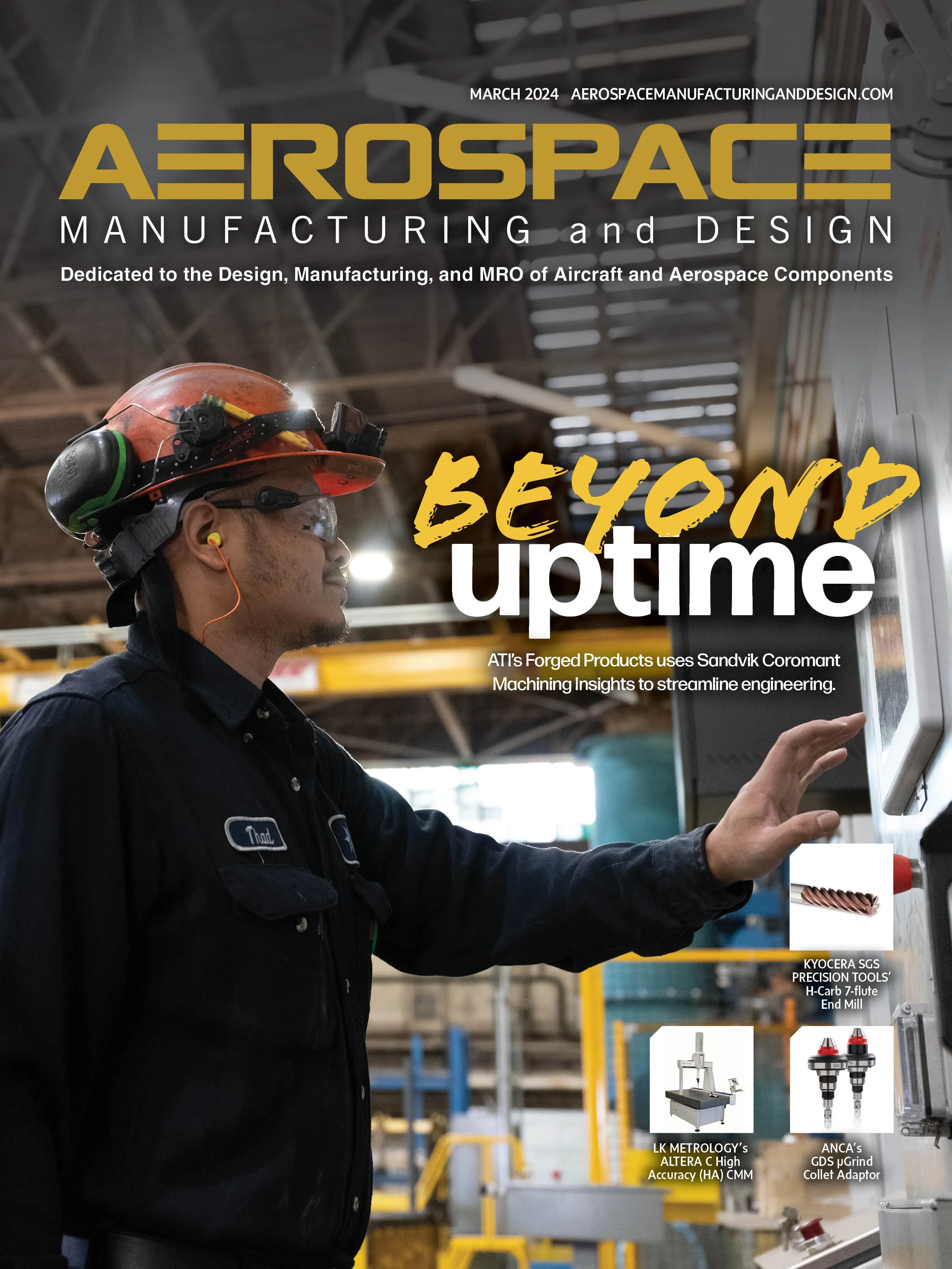

Various options exist for delivering and recycling coolant oil in a CNC grinding machine. One method has been making more sense to me through the years. It applies to a multi-machine setup with as few as two or three machines, and it can be scaled up to include more machines.
Traditionally, pipes are installed slightly above floor level, allowing gravity to feed them into a centralized filtration system. While the recommended slope for water drainage in PVC piping is 2%, due to the presence of grinding sludge in the discharged oil, the suggested inclination is typically higher, ranging from 3% to 4%, approximately equivalent to 3/8" to 1/2" per linear foot.
It’s essential to emphasize the importance of controlling the coolant oil temperature. The only way to achieve this is bypassing the oil through a chiller or a heat exchanger following the filtration process. Uncontrolled coolant temperatures can lead to machine instability, compromised part integrity, decreased grinding wheel performance, premature spindle failures, surface integrity, and more.
The golden rule is the oil in grinding machines should be kept at the same temperature as the ambient temperature in the building.
It never seemed logical to me to position chillers inside the factory and let the generated heat escape into the building. Even during the winter months, these chillers produce a significant amount of heat, which then needs to be removed using air conditioning. Consequently, the cost of dissipating heat from the grinding process and the workshop is effectively doubled.
Placing the filters in an adjacent, separate room, which also isolates the noise from the grinding area, is more efficient. Having a standalone room allows directing heat produced by the coolant chillers away from the machines. Ideally, the heat generated by the chillers could be channeled through the ceiling or walls into the open air. Alternatively, you could route the refrigerant to an outdoor heat condenser.
Water-based chiller systems have become increasingly popular in grinding. This choice makes sense, particularly for a cellular system with multiple oil filters within a factory. Water mixed with glycol can absorb and release significant amounts of heat without altering its temperature, making it an ideal medium for transferring heat from a heat exchanger on the oil filter to an external chiller, which then cools only the water (not the oil). This solution is cost-effective and doesn’t require a separate chiller for each filtration system – a simple, affordable heat exchanger will suffice.

Explore the March 2024 Issue
Check out more from this issue and find your next story to read.
Latest from Aerospace Manufacturing and Design
- Piasecki acquires Kaman's KARGO UAV program
- PI Americas’ long-travel XY piezo nanopositioners-scanners
- AAMI project call submission deadline extended to May 12
- Jergens launches cast iron tooling column additions
- Airbus to acquire assets relating to its aircraft production from Spirit AeroSystems
- FANUC America's Cobot and Go web tool
- Chicago Innovation Days 2025: Shaping the future of manufacturing
- High-density DC/DC converters for mission-critical applications





